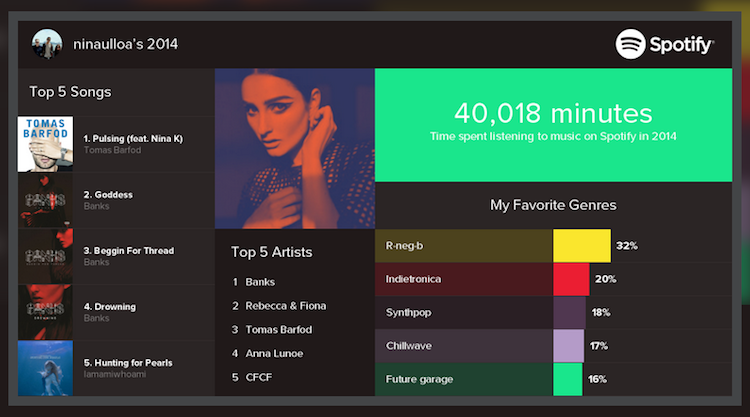

Now select the whole sheet with Command-A, and use Command-C to copy all of its rows of data.

Remove the top row (the header row) of the second sheet of data, with a right mouse-click on the ‘1’ on the left of the first row, and hit Delete row. Now, head over to the second sheet of data (if you have multiple). Scroll down to the bottom row of data in that first sheet.To do this, we’re going to consolidate everything into the first sheet. But we actually want it all to be in one sheet, not spread across multiple sheets in the same document, so Google Data Studio can read it at once. Now, you have all the songs you played last year in one Google Sheet document.Repeat this process for all of the csvjson.csv files if you have more than one downloaded from the conversion site, for instance csvjson (1).csv, but make sure to first create a new sheet in the same document, using the + button on the bottom left every time you start a new import. You now have the data imported into a sheet. Choose Replace current sheet, and hit the Import data button. Choose Upload, and select the first of your StreamingHistory CSV files that you just obtained using the conversion site named csvjson.csv. In the newly created Sheets document, navigate to the File menu, and hit Import.Head over to and create a new Google Sheets document using the New button on the top left.Now, you should have all your StreamingHistory files as CSV files in your Downloads folder. Repeat this process for all the files starting with StreamingHistory.
#MY SPOTIFY STATS THIS YEAR DOWNLOAD#
Once it’s uploaded (100%), click the Convert button, and then the Download button. Simply head over to /json2csv and click Select a file on the left, navigate to your MyData folder, and select the first file starting with StreamingHistory.

#MY SPOTIFY STATS THIS YEAR ZIP FILE#


 0 kommentar(er)
0 kommentar(er)
